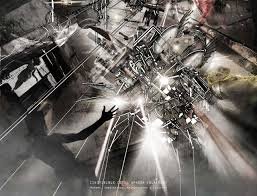As digital technologies continue to dominate daily life, a growing number of people are experiencing techno-stress—a form of psychological strain caused by the overuse of digital devices, constant connectivity, and the rapid pace of technological change. Unlike traditional stressors, techno-stress emerges specifically from interactions with computers, smartphones, social media, and online communication tools. It is increasingly recognized as a modern mental health challenge, affecting both professional and personal well-being.
The roots of techno-stress are multifaceted. On one level, individuals feel pressured to remain constantly available through emails, messages, and notifications, blurring the line between work and rest. Remote work and “always-on” culture intensify this effect, as employees may feel guilty or anxious when they disconnect. On another level, the constant updates, new apps, and evolving platforms create a sense of digital overload, making people feel they can never fully keep up. This continuous cycle often leads to anxiety, fatigue, reduced productivity, and even burnout.
Symptoms of techno-stress include difficulty concentrating, irritability, sleep disruption, eye strain, and an overwhelming sense of digital fatigue. In some cases, individuals develop digital dependency, where they compulsively check their phones or social media even when it interrupts work, family time, or rest. Over the long term, this can erode attention span, damage relationships, and increase risks of anxiety and depression.
Coping with techno-stress requires both personal strategies and systemic changes. On an individual level, setting screen-free hours, turning off non-essential notifications, practicing mindfulness, and engaging in offline activities are effective steps. Physical strategies—such as limiting screen brightness, taking regular breaks, and maintaining proper posture—can also reduce physical strain. However, long-term solutions also depend on organizations and policymakers. Companies can establish healthier communication norms, such as limiting after-hours emails, while schools and governments can promote digital literacy and responsible technology use.
Ultimately, techno-stress highlights the paradox of modern technology: while digital tools bring convenience, efficiency, and connection, they also introduce pressures that challenge mental balance. Developing a mindful, controlled relationship with technology is essential for reducing digital overload and protecting psychological health in a world where screens are inescapable.






